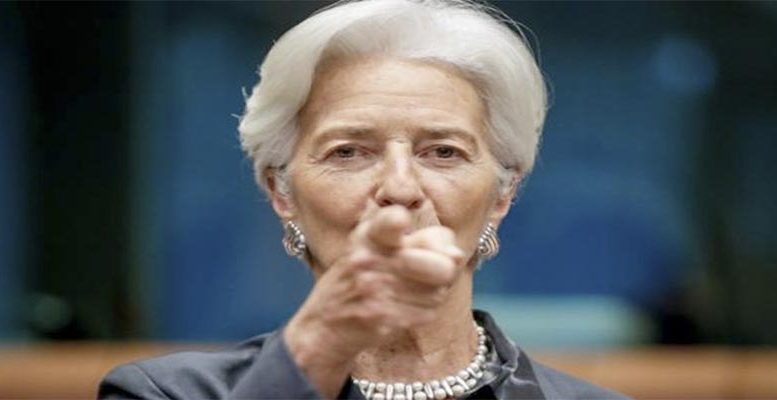J.P. Marín-Arrese |Christine Lagarde announced the first rate hike in a decade as an upfront offensive against inflationary pressures. While no one doubts this tightening aims at cutting short the current price race, the claim that it is an early reaction fails to match the records. For more than a year, all advanced economies have witnessed soaring prices. Yet, the ECB dismissed this trend as a temporary mismatch betwen demand and supply due to production bottlenecks and supply chain disruptions. It was not the only central bank to misjudge the situation. The Fed also indulged in a similar mistake. They were too focused on keeping the recovery on track to pay serious attention to any threat of economic overheating. Later, when the situation worsened following the war in Ukraine, the ECB still failed to act. Now it faces dire prospects. Bringing rates out of minus territory is a tiny step towards filling the huge gap opened by prices running at 8.6%. Money will continue bearing extremely high red yields on real terms until inflation abates.
How firm is the ECB’s resolve to address the problem? Lagarde has promised successive tightenings from September onwards. Yet, she regards recession as a potential danger that may soon materialise. Moreover, she portrayed divergence in sovereign yields as a severe threat to monetary policy smooth transmission. The new TPI instrument designed to cope with the so-called market fragmentation stands as a mere excuse for supporting heavily indebted economies forced to pay high risk premiums. Even if the ECB devotes massive amounts to anchor sovereigns in danger, such intervention may trigger further appetite for speculation.
Addressing significant divergences requires re-building confidence rather than monetising deficits. Thus, only the adoption of sound financial policies can offer a sustainable solution. As the prospect of debt discomfiture much increases when yields climb, regardless of the new rescue programme, the ECB cannot raise rates beyond a relatively subdued ceiling, say 2% , half the Fed’s target for next year, supposing growth keeps unabated.
Even if the ECB pledges to stem inflation, it can only aim at subduing expectations by cooling down demand. A significant contribution as the prospect of higher costs is the main driving force behind price hikes. Right now, as raw materials prices peter out back to normal levels, second-round inflation stands as the real challenge.
The ECB’s decision to tackle inflation is highly welcome. But it comes too late, and concerns over growth and debt crisis sap its resolve. Tightening will not go far enough as, before it gathers pace, inflation will probably come in through the backdoor.





